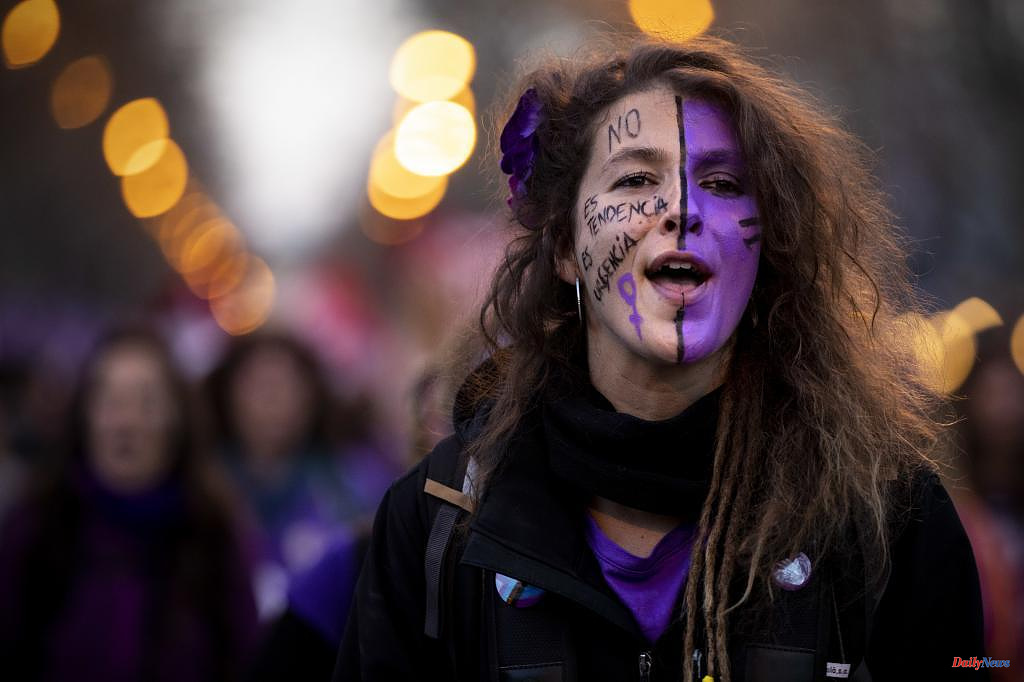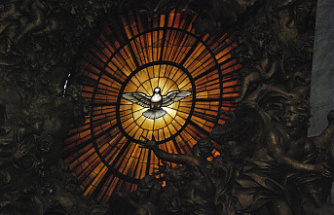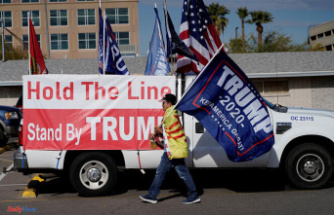Every March 8, International Women's Day, a purple cloak formed by an army of the same color dyes the streets of half the world. Posters, clothes, balloons or face paints are also in that hue. Although there are other colors that are also traditionally linked to the feminist movement, such as white or green, for several decades purple (or violet) has been imposed mainly to symbolize the fight for gender equality.
Why is purple the color of feminism? The truth is that there are several theories that try to give an answer about the origin of this symbol that acquires special prominence every 8M. In any case, the association of purple with feminism goes back to the beginning of the 20th century with the first demonstrations in favor of the right to vote for women.
A simple, round and widespread explanation has to do with the mixture of colors, specifically the combination of blue and pink. And it is that the purple color is obtained by mixing the two colors traditionally (and formerly) associated with the male (blue) and female (pink) biological sex. A chromatic metaphor for gender equality.
Another hypothesis takes us to March 25, 1911, when a tragedy took place that marked the modern celebration of International Women's Day. That day of that year there was a fire at the Triangle Shirtwaist factory in New York that caused the death of 146 workers. As the International Labor Organization recalls, a year before the accident, the workers tried unsuccessfully to obtain better working conditions.
Those women worked without even having time to eat and they also did so locked up so that no one could leave until the end of the long day, a circumstance that explains such a high number of deaths when the fire broke out. Due to the fabrics and dyes used in the factory, the huge plume of smoke coming out of the building was purple in color.
In the early years of the 20th century, the members of the Women's Social and Political Union in the United Kingdom who demonstrated to obtain the female vote, chose to use purple, green and white to make their demands visible. Said choice came from Emmeline Pethick-Lawrence, editor of the magazine 'Votes for Women' and an icon of the feminist struggle, who explained that the color purple or purple, the color of sovereigns, "symbolizes the royal blood that runs through the veins of each fighter for the right to vote, as well as the conscience of freedom and dignity". For her part, always according to the British feminist, white symbolized honesty and green, the hope of a new beginning.
Be that as it may, the color purple has definitely established itself throughout the feminist movement, just like red symbolizes the fight against AIDS or pink, the fight against breast cancer.
In feminist mythology, purple and violet represent women's struggle for equality and against discrimination. It symbolizes the fight for the rights of workers, belonging to feminism and recalls both the origin of the movement and the need to continue fighting.
According to the criteria of The Trust Project












